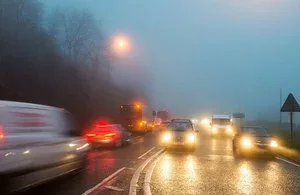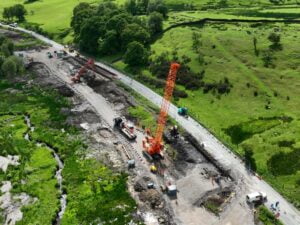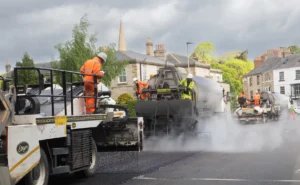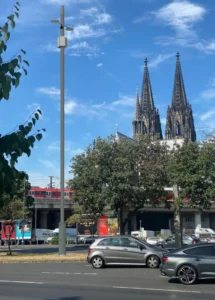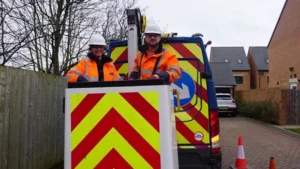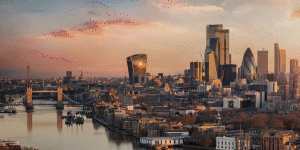A carbon reduction programme to replace 50,400 streetlights across North Yorkshire LED lamps has been completed more quickly and at a lower cost than expected, according to the council.
North Yorkshire County Council’s street lighting engineers have now completed the LED programme within three years across the country’s largest highways network, rather than the five years it was originally estimated to take.
The programme was expected to cost nearly £13m but through procurement, the team has brought that cost down to just over £8m instead, according to a report by Inyourarea.co.uk.
With capital costs reduced by over £4m and as energy and maintenance savings of £1.285m are now projected from 2021/2022, anticipated payback has dropped from over 12 years to under eight years.
“Against a backdrop of spiralling energy costs and ever-rising inflationary pressures, modernising our street lights had become essential,” said County Councillor Don Mackenzie, Executive Member for Access. “When the decision was taken to make a substantial investment in converting all the county council’s street lights from incandescent to LED, we were confident of getting a 100 percent return within ten years. However, our street lighting team and our highway maintenance contractor, Ringway, made such rapid progress that we are realising the benefits of this project much sooner as we delivered the programme early and under budget.”
“Not only is this of great benefit to taxpayers, but it is of great environmental benefit as well,” said Cllr Mackenzie. “This programme, combined with the fact we also turn off many of our street lights for part of the night – between midnight and 5am – will lead to marked reductions in our carbon footprint, in fact the biggest single factor so far to securing the Council’s ambition of achieving carbon neutral status by 2030.”
The council’s street lighting engineers had agreed that, as part of their street lights replacement programme, they would replace lights across the national parks with warmer tone LED lights (3000 kelvin) rather than the cooler tone LED lights (4,000 kelvin) they were installing elsewhere.



